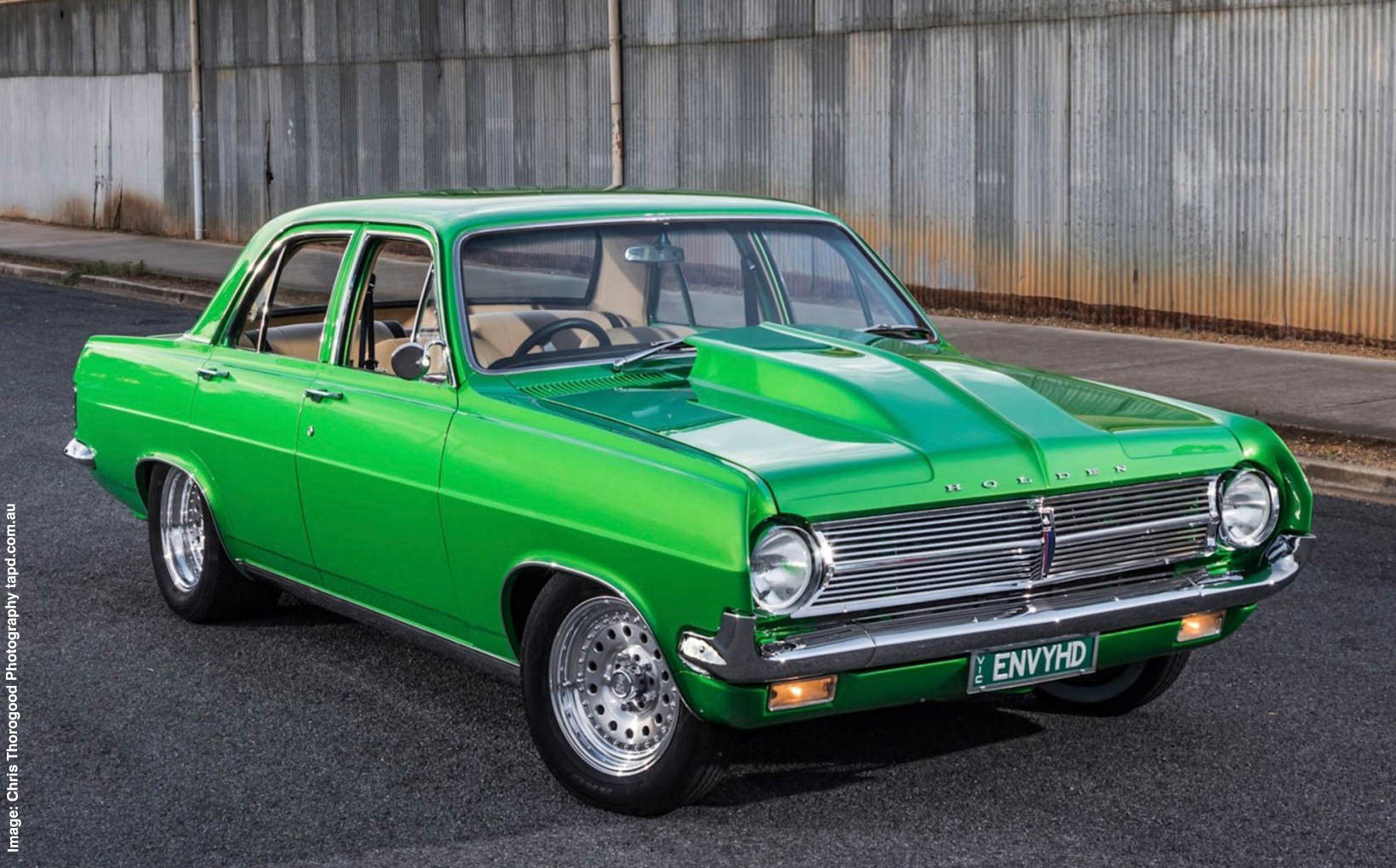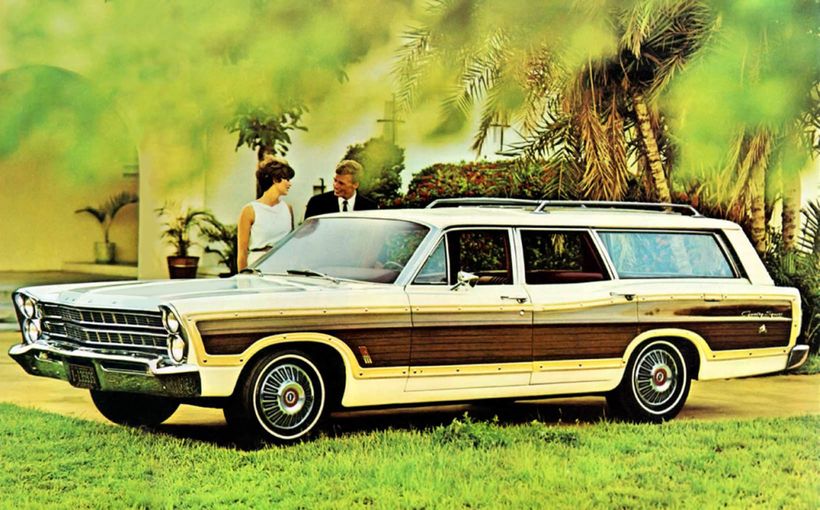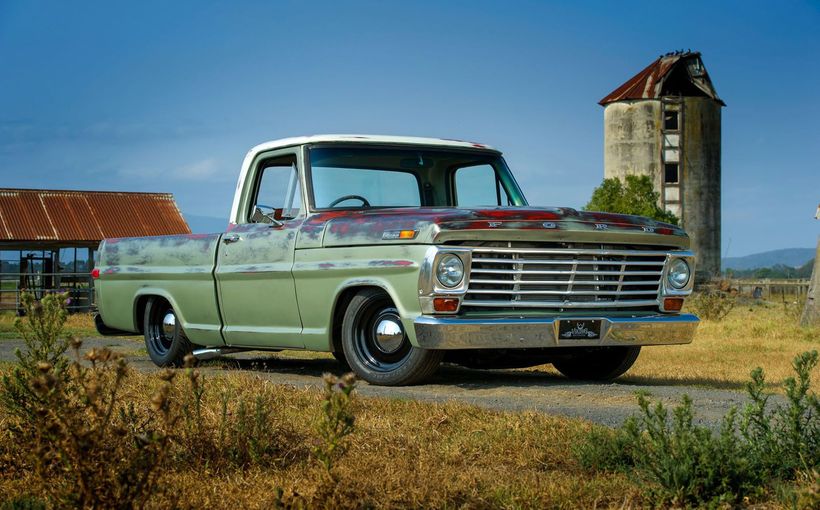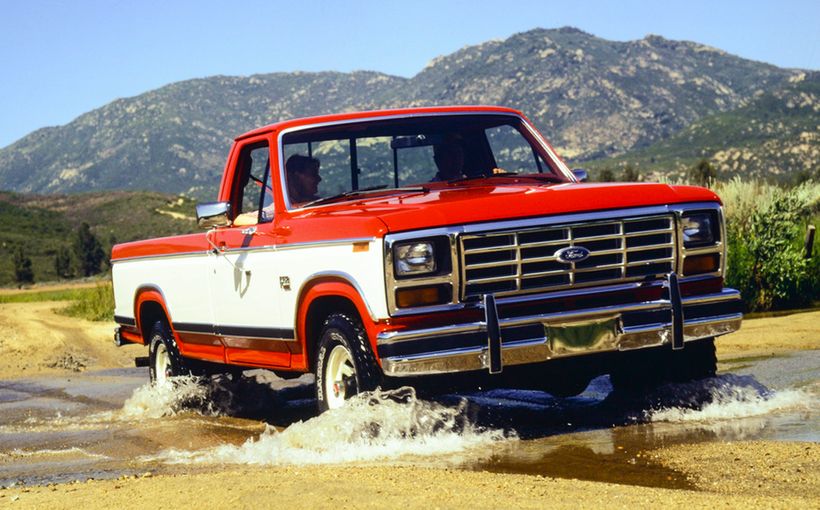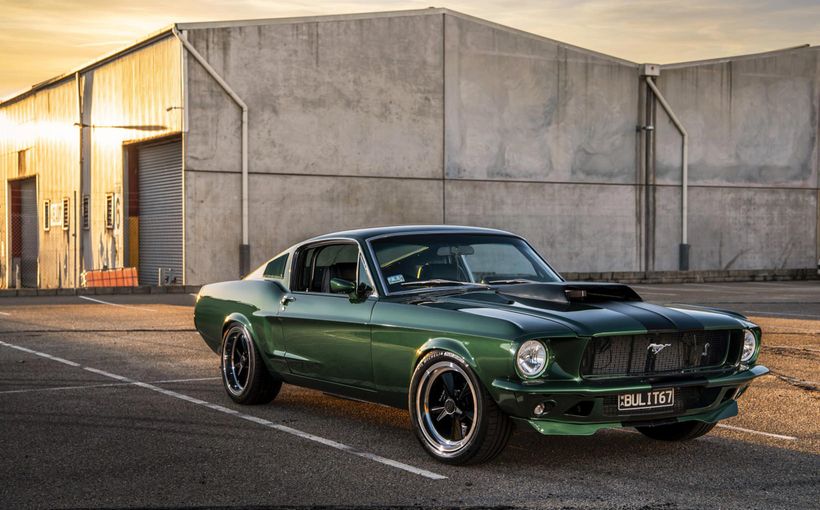Simon Harrison’s 1966 Ford Cortina: Bathurst Blood Relation
Simon Harrison is an automotive purist, a collector who treasures cars just as they drove off the production line. He has owned 20 or 30 but this sublime metallic beige last-of-the-line Mark One Cortina’s is his favourite and a car with which he will probably never part. The other machines in his current stable are the 2006 Kia Cerato which was his late father’s last car, an AU Fairmont wagon ‘workhorse’ and a 1955 Ford Prefect. Simon does have a thing for Fords. He suggests that the Prefect, a slow vehicle by almost any postwar standard, proves he is ‘not interested in driving a rocket ship!’ But he did grow up watching Bathurst in the 1970s and 1980s with his dad and enjoyed seeing Allan Moffat and Dick Johnson dishing it out to their rivals. Nevertheless, he harbours no yearning to fit a set of Minilites and tweak the engine to Cortina’s GT specification.

Image: John Antoniw
Over a period of several years this ultra-rare 1966 Mark 1b Cortina two-door has been revivified to the highest standard. Simon entered it in the Adelaide Auto Expo and was blown away when he won the concours award. He plans to have it trucked to the Cortina Nationals next year, an event which could be regarded as a homecoming for any Cortina. For details on the restoration process to which Simon treated his car, click here.
The Ford Cortina was undoubtedly one of the most important cars of the twentieth century. Launched on 20 September 1962 after several years of development under the Archbishop project name, it was in many respects a larger edition of the 105E Anglia and bore little resemblance to its rather dour Zephyr-related predecessor.
What does the first Cortina have in common with the Edsel? Certainly not its lack of success in the market. The answer is brilliant designer Ray Brown, Junior, who forsook Dearborn for Dagenham in time to take charge of ‘Archbishop’ (intended to be launched as the Consul 225).
Some marketing genius reckoned it would be smart to launch this new Ford at Cortina D’Ampezzo, the Italian ski resort that hosted the 1956 Winter Olympics. The sub-text here was that Ford saw the Cortina as its first truly international car.

Image: John Antoniw
The most radical aspect of the 1963 original was its brilliantly light but strong construction. Kerb weight was 17 hundredweight (864kg), compared with a little more than 20 for the Holden 48-215, widely acclaimed for its lightness. But where the Holden had an excellent power to weight ratio, the 1.2-litre Cortina was arguably under-engined. Its three-bearing bored-out edition of the Anglia’s sparkling 997cc unit was hardly state of art in 1963.
Constant improvement became the theme. (This, of course, was Ford’s glory days Total Performance era!) In early 1963, a five-bearing 59.5 brake horsepower 1.5-litre engine running through an all-synchromesh gearbox became optional. In October 1964 the facelifted version with wider grille incorporating the parking lights boasted a new dashboard with round gauges replacing the strip unit fitted to the original. Front disc brakes were made standard. As if in answer to criticism of the early model’s poor ventilation, this Mark 1b Cortina introduced a world first, Aeroflow through-flow ventilation via round vents which echoed the trademark ‘Ban the Bomb’ taillights (resembling those of US Falcons, Galaxies, etc).
Even before the introduction of the facelifted version, Ford delighted enthusiasts with a GT edition of the original. With a worked 78-horsepower variant of the 1.5-litre engine, lowered suspension, bigger wheels, tricked-up cabin and more, the GT was a sheer delight, which exploited its lightness to giantkilling effect.
Bill Boddy of Motorsport drove one for a year and wrote of it most favourably. He compared the Cortina’s 17 hundredweight with the Farina MG Magnette’s 22.6 and the superb Fiat 1500’s 18.1. Boddy would have preferred it to have been more modestly named Ti (Turismo Internazionale) than GT (Gran Turismo) which looked pretentious, but concluded:
Under the circumstances I have no hesitation in saying that the Ford Cortina GT is not only pleasant to drive, safe by reason of its remarkably good acceleration and Girling disc braking, but is extremely good value at less than £760. No wonder so many of its kind, standard, de luxe, Super and GT, 2-door and 4-door, are seen on the roads of the World; no wonder “The Car of the Year”, the East African Safari Rally victor, has made more than half-a-million sales since it came out of the Dagenham factory in 1962.
While it would be the Ford Cortina Lotus – later, Lotus Cortina – which would end Jaguar’s dominance in series production and touring car racing, the GT had its share of time in the spotlight. Take Australia’s Armstrong 500. One imagines the drivers of assorted V8 Studebaker Larks didn’t especially relish being beaten at Phillip Island by six-cylinder machines (Vauxhall Cresta, Mercedes-Benz 220SE, Ford Falcon, Ford Zephyr Mark III, but being vanquished by a 1.5-litre four-cylinder sedan must have been galling indeed. Only one four-cylinder car won the Australian Touring Car Championship in the first generation from 1960 to 1984 – the Cortina GT of Ian Geoghegan in 1964; in Australia the GT garnered a more impressive racing history than the Lotus Cortina!
In 1963 the Armstrong 500 moved from Phillip Island to Mount Panorama, where Bob Jane and Harry Firth were first across the line (never acknowledged as an outright victory by organisers until the 1965 event), with an EH S4 Holden sandwiched between their car and the third-placed Cortina’s GT. The following year was a Cortina benefit: first, second, third and fifth with an optimistic Lark in fourth.

Image: John Antoniw
Writing in 1989 about the 1964 event, the late great Bill Tuckey observed it was ‘the most completely marque dominated Bathurst of them all.’ And while Holden’s mildly improved EH S4 is generally deemed the first dedicated Armstrong 500 special, Harry Firth’s Cortina’s GT500 – in many respects an Australian alternative to the Lotus Cortina -– for 1965 was the first serious attempt. (When did you last or ever see one of those in the traffic?)

Image: John Antoniw
Thus from the standpoint of today, any Mark 1 Cortina deserves to be celebrated. Survivors are rare and Simon notes that UK collectors are now importing Australian examples. Can you imagine the clamour for this example in its wonderful Australian Sunlit Beige Metallic livery should it come up for sale. But don’t get eager…







